This year we continued our annual study of coral reef fishes around the stunningly beautiful island of Moorea in French Polynesia. Based at the French research station CRIOBE, our ongoing work in this area, in partnership with the amazing Suzie Mills, Ricardo Beldade, and the rest of their team, has been looking at how various stressors affect the physiological ecology of reef fishes. In previous years, this has involved studying the effects of things like artificial light at night, coral and anemone bleaching, and variation in water current speed and water temperature.
This year we decided to examine how coral bleaching interacts with fish social behaviour to influence the water temperatures that fish choose to occupy. To study this, we used a shuttlebox apparatus, in which fish can move between areas and select the temperatures that they are exposed to. The cool part of this equipment is that you add additional factors to each side — in this case we added either bleached or healthy corals, or the presence of other members of the same species — to see how these factors offset or alter the temperatures chosen by individual fish. For example, a fish might be more willing to tolerate being exposed to a warmer temperature if it means they can be close to their friends.
Overhead view of a shuttlebox setup. Here, the left chamber is relatively cool while the right side is relatively warm. The green line shows the tracked movement of an individual fish. In the center of each chamber, you can see the silhouette of bleached or healthy corals. The fish can decide which coral to associate with, but to do so it must also experience the thermal environment present in each chamber.
A shuttlebox is an effective but notoriously complicated and fiddly piece of equipment. For this reason, we needed to have a shuttlebox expert on our team. Luckily reknowned Shuttleboxer Marie Levet was able to come to Moorea with us! Marie is an extremely talented PhD student working with Sandra Binning and myself, and as part of her PhD she is studying how parasites and other activators of the immune response interact with temperature selection in fish. Marie routinely uses shuttleboxes in her work, and along with her combined expertise in other aspects of fish ecophysiology, she was an ideal addition to our team.
Focusing on the humbug damselfish, we exposed individual animals to various treatment combinations of occupying healthy versus bleached corals, being alone versus with conspecifics, and experiencing warm versus cool water. Like may other reef fishes, Humbug damselfish have complex social dynamics, and our aim is understand how their social behaviour interacts with the costs and benefits exposure to variable habitat types and water temperatures.
The relatively short timeline + finicky equipment meant a lot of long days in the lab, but luckily there was also a lot of time to experience the beauty of Moorea while collecting fish, biking/kayaking around the island, and trying the amazing local cuisine. Amazingly, Marie has been working hard on wading her way through the data and interesting results are already becoming evident. Check out her poster at the upcoming SEB conference to see what we found!
- Shaun








